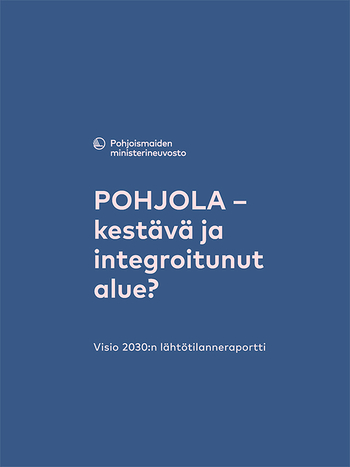Using sludge on arable land - effect based levels and long-term accumulation for certain organic pollutants

Tietoja
Julkaisupäivämäärä
Kuvaus
In the waste water treatment process in sewage treatment plants, sewage sludge is produced as a by-product. The sludge contains nitrogen and phosphorus that originate from the waste water. In addition to these nutrients, sludge also contains micronutrients and organic matter. Many of these substances are required for the production of food and they can be recycled by using sludge as a fertiliser on farm lands. Phosphorus is the nutrient that is of primary interest at present. This is due to the fact that phosphorus is a finite resource that is mined and has various levels of unwanted impurities. In the foreseeable future, there will be a shortage of phosphorus ore with low levels of impurities. Ores with higher levels of impurities may also be used in the production of mineral fertilisers in the future, but it may require that energy demanding cleaning techniques are used. Such a scenario will lead to higher market prices for phosphorus fertilisers, which may have social consequences on a global scale. It is therefore crucial that the available phosphorus is used efficiently, from an economic, environmental and social perspective.
Julkaisunumero
2011:506




